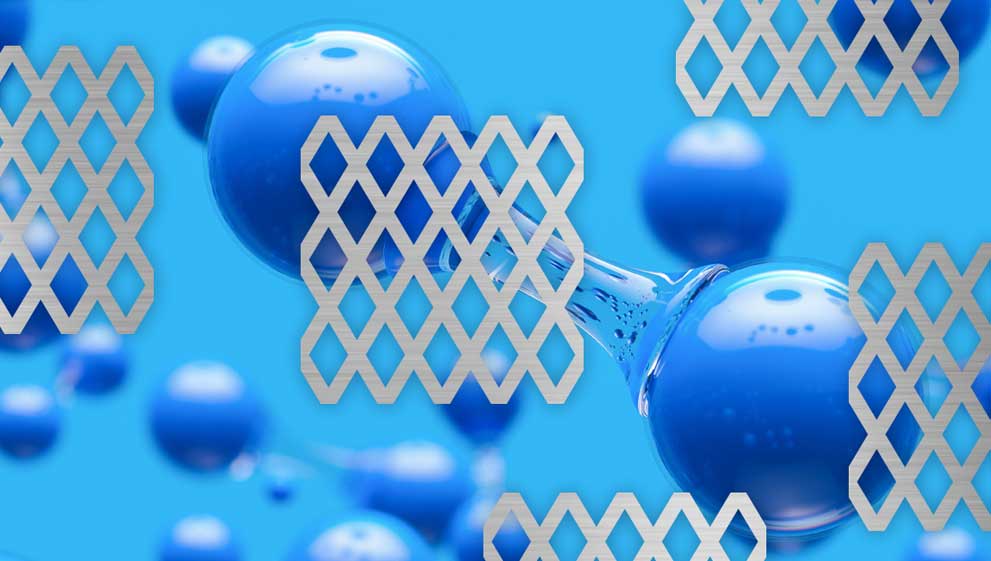Researchers at the University of Hong Kong's Department of Mechanical Engineering, under the direction of Professor Mingxin Huang, have made significant progress in developing stainless steel specifically for hydrogen.
The NEW Ultra Stainless Steel performs in a saltwater electrolysers in a similar way to the current industrial practise of using titanium as a crucial structural component to produce hydrogen from desalted saltwater or acid, despite being significantly less expensive than its corresponding contemporary counterparts.
The innovation entails augmenting the single Cr2O3-based passive layer with a secondary manganese (Mn)-based layer that is engineered on the previous chromium (Cr)-based layer at around 720 mV. The scientists were first reluctant to embrace Mn's new position in stainless steel because the widespread assumption is that the metal makes it less resistant to corrosion. This is due to the fact that the discovery of Mn-based passivation is illogical and goes against what is known about corrosion research.
“However, when numerous atomic-level results were presented, we were convinced. Beyond being surprised, we cannot wait to exploit the mechanism,” said Dr Kaiping Yu, whose PhD is supervised by Professor Huang.
Stainless steel for hydrogen (SS-H2) is predicted to save structural material costs by a factor of 40.
The research team is also responsible for the development of the ultra-strong and ultra-tough Super Steel, which was engineered in 2017 and 2020, and anti-COVID-19 stainless steel, which was first introduced in 2021.
To find out more about DSM and the environment visit our FAQ page and our statement about the environmental impact of your stainless steel.
And finally... we did think about making a closing joke about Sodium and Hydrogen... but then we thought NaH.
And why not check out our other environment related posts:
